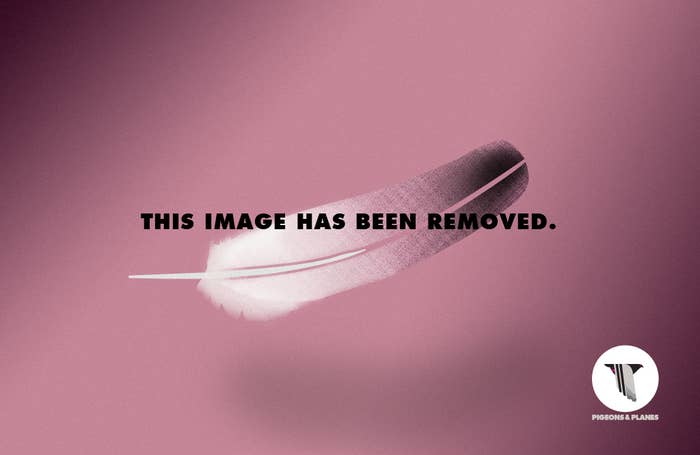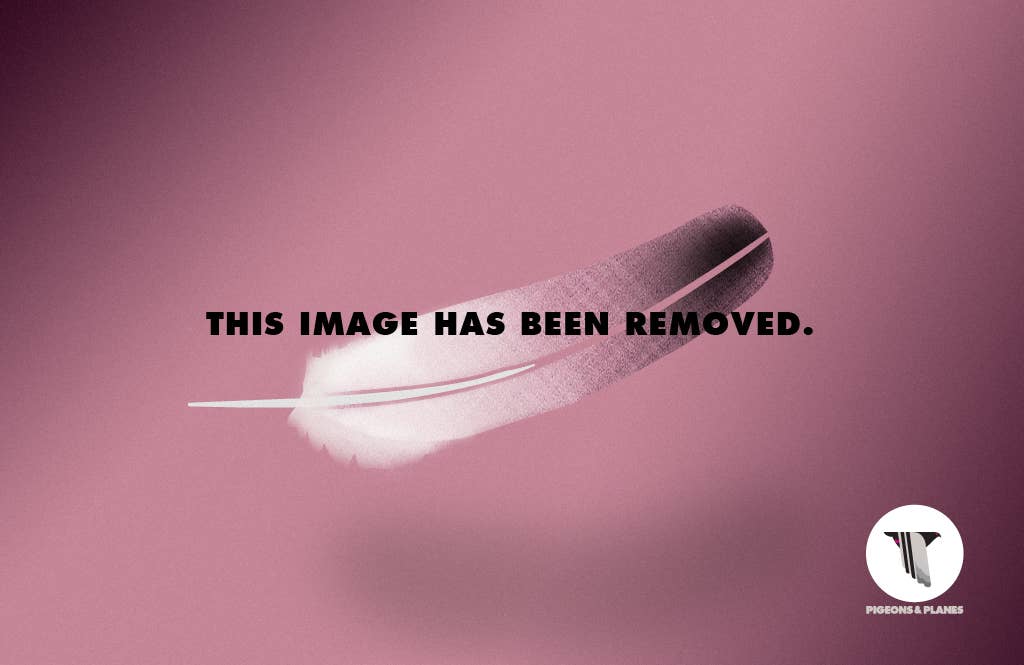1.

Image via Huffington Post
By Matt Colwell
Music is conceived through the cultural influences that surround an artist during their life. Whether it’s the proximity of Mozart, Bach, and Beethoven’s birthplaces or the New York City home base of hip-hop pioneers Grandmaster Flash, Fab Five Freddy, Kool Moe Dee, and Kurtis Blow, music is inherently regional.
In the past few years we’ve seen hot beds of talent pop up in cities like Chicago and Atlanta. Even unexpected places like Milwaukee are developing healthy scenes.
And then there’s the DMV.
D.C., Maryland, and Virginia—collectively known as the DMV—have one of the richest and most diverse music cultures in the country. But why don’t we see more DMV artists in the national spotlight? Why can’t more musicians or bands burst the local bubble?
Simply put, there is no sense of community in the DMV. An area which is responsible for housing and nurturing acts like Pharrell, Duke Ellington, Missy Elliot, Marvin Gaye, Dave Matthews Band, Timbaland, Ella Fitzgerald, Patsy Cline, D’Angelo, Dave Grohl, and Chris Brown (to name but a few) has no infrastructure in place to foster in the next wave of talent. Paranoia has set in. Rarely do artists share resources or combine their strengths to propel one another to a larger audience.
This creates situations like the one between Fat Trel and $hy Glizzy. Two of the hottest rappers in D.C. refuse to work together over an altercation that happened years ago. It’s still to be seen whether Glizzy will be able to turn his one-off success of “Awwsome” in to a career. With an already established name like Fat Trel in his corner, Glizzy’s odds could be higher.
Some of these current trust issues in the DMV can be traced back to 2009. There had been a dry spell of artistry in the DMV and while there were still legends making music, there was a severe lack of up-and-comers who sought to expand beyond the DMV borders. Then Wale showed he was capable of rising to the occasion when “Nike Boots” and his Mixtape About Nothing started garnering attention on a national level. When his Lady Gaga-assisted single “Chillin” hit radio, it was clear: Wale was the man for the job. Shortly after, he released “Pretty Girls” and “World Tour.” It was more pop-leaning than his previous work, but that was to be expected. It was, of course, a major-label released record.
And then, in the blink of an eye, Wale was gone. Rather than bringing D.C. rap to the forefront, he abandoned the area both literally and sonically.
This local emcee who had gotten his break by merging go-go music and rap was bubbling on the main stage while every other mixtape rapper and basement producer in D.C. prepped themselves to follow in his footsteps and feed off his success. And then, in the blink of an eye, Wale was gone. Rather than bringing D.C. rap to the forefront, he abandoned the area both literally and sonically. Attention Deficit ended up being a scatterbrained album that failed to yield massive commercial appeal or a distinct allegiance to his hometown.
4.

Image via SOHH
Fast-forward a few years to the thriving Atlanta scene in 2014. Rising stars like Rich Homie Quan, and Que owned the strip club rotation and terrestrial radio in the region. Simultaneously, rebel youth Raury grabbed the attention of Atlanta and beyond with his age-defying wisdom. Despite the clear-cut differences between these two types of artists, it didn’t stop Atlanta legend Gucci Mane from enlisting Raury for a feature on his song “Dead People.” When left-field crooner iLoveMakonnen emerged, he was welcomed with open arms by the same guys who made the established trap sound so popular—Sonny Digital, Metro Boomin, Mike WiLL Made It, etc. When Young Thug started his rise to the mainstream, ATL veteran T.I. embraced him, making one of the best songs of the year in the process. In the urban sprawl, artists and sounds will naturally bump up against one another, but it’s when these diverse groups of talent aren’t afraid to mix when we get the most exciting music.
Studios—and more commonly home studios—have sprung up all over Atlanta, with open doors for artists of any kind to come in and show their stuff. It’s easy to do because of the comparatively cheap rent in the city with large properties and extra bedrooms. While New York City is expensive and low on space, there are endless suburbs in Virginia and Maryland that could serve as the same type of musical breeding ground that makes Atlanta so special.
In the urban sprawl, artists and sounds will naturally bump up against one another, but it’s when these diverse groups of talent aren’t afraid to mix when we get the most exciting music.
Another area equally as rich in talent, but a few thousand miles up north, is the Windy City. In Chicago, when the drill music of Chief Keef, Fredo Santana, and GBE sprung up, there was a natural desire for intellectual rap to balance the mix. Every action caused a reaction, however each faction of rap respected one another, and sometimes even dabbled in the tools and sounds of the others. Somewhere in the middle of drill and intellectual lies Lil Herb, Lil Bibby, and Lil Durk, who serve their own purpose, but hold an equally large audience. When these listeners, artists and communities banded together, Chicago thrived and had one of the most exciting musical outputs of the past few years.
All three of these sub-genres help to shed light on one another—an interconnectedness between people and music that the DMV could only dream of. Much of this is due to the strong music infrastructure that Chicago has in place. Blogs like Fake Shore Drive specifically highlight anything and everything about Chicago music. Studios like Classick have become incubators for talented artists to record and hone their craft. Clothing brands like Leaders 1354 sponsor shows and provide financial support.
From a label perspective, this makes things easier. When an A&R finds an artist worth developing in Chicago or Atlanta, there are already well-known places, people, and resources to turn to in order to help facilitate the growth of a brand.
As far as talent goes, D.C., Maryland, and Virginia have plenty to go around. But how does it get cultivated? The first and most important step is to create a community. Build a strong, unified team. There are already people doing the right things, but now we must band them together. The talent buyers, the bloggers, the festival promoters, the A&Rs, the managers, everyone must integrate for anyone to thrive.
Another important step is for businesses to give back to the growing community. Rising D.C. star GoldLink was first discovered in a non-profit program that took kids off the streets and gave them free studio recording time. This program is one of very few in the DMV area. There’s no telling how many more talented artists are waiting to be discovered if only given a chance.
Before any of the locally buzzing acts are able to break out of D.C., Maryland, and Virginia’s bubble, infrastructure must be built and collaboration must be promoted in a way that attracts major labels while also providing the resources for an artist to get started on their own. It is time to stop complaining and start creating.
Until then, I leave you with a quotation from our city’s own, Wale, pre-2009:
DMV so we used to the waiting
Nobody seems to care we so complacent with the vacancy
See, the love is gone with one another, it’s hard
Nobody rep for the Skins, they busy cheering them Stars
It’s ironic, it’s the same for the artists
Rather than buy our songs, they busy cheering the stars.

